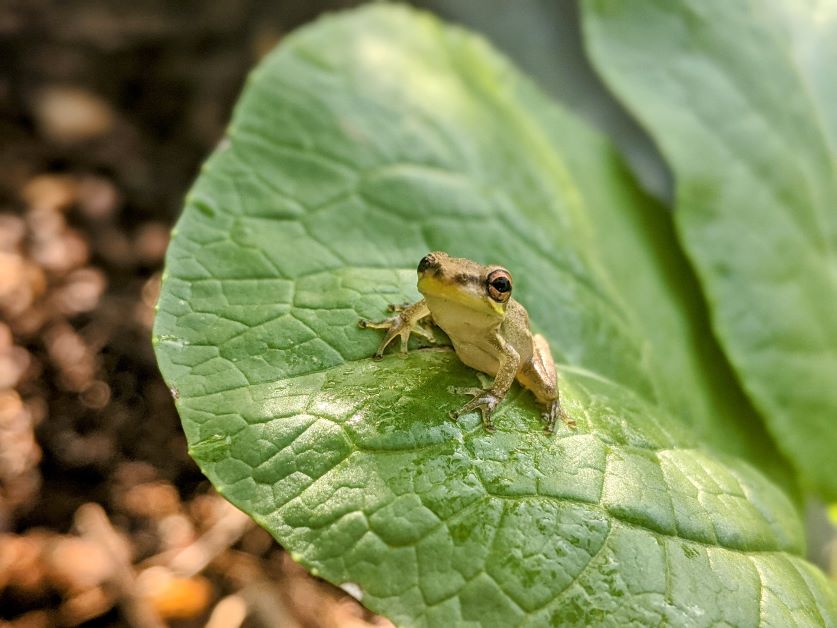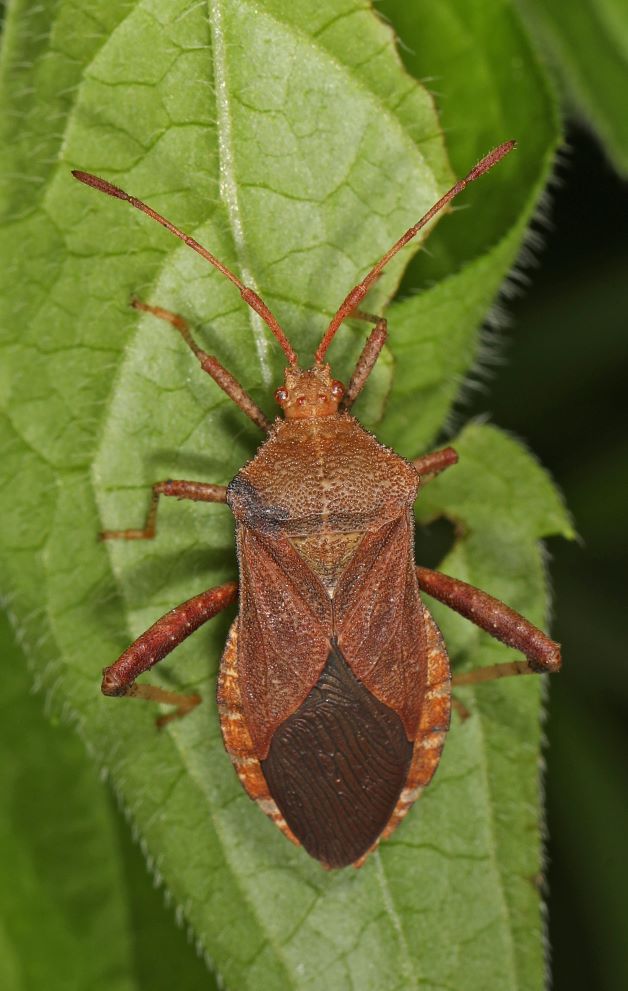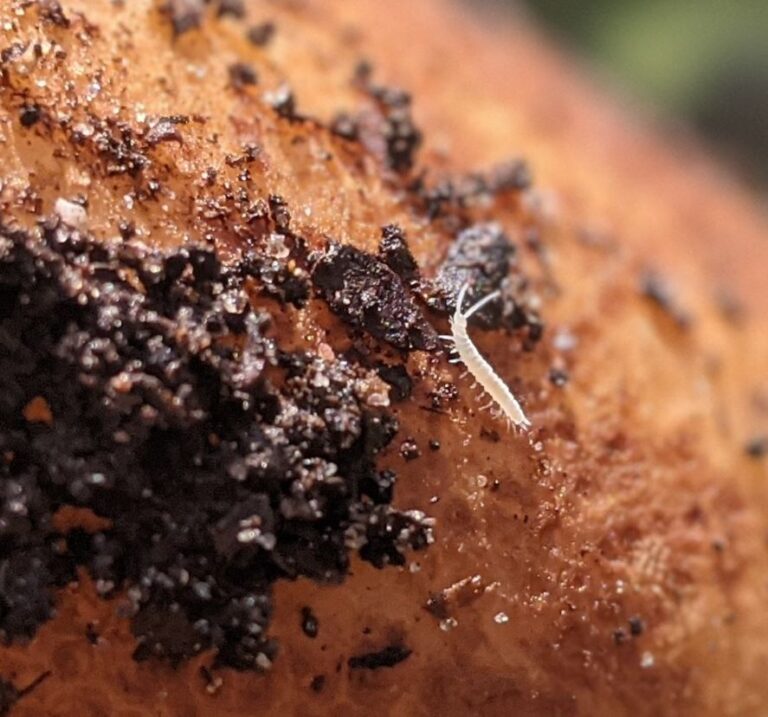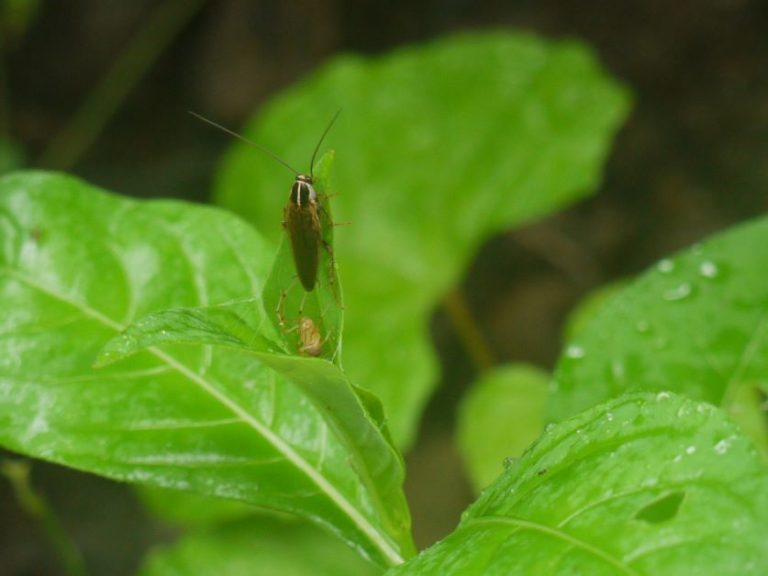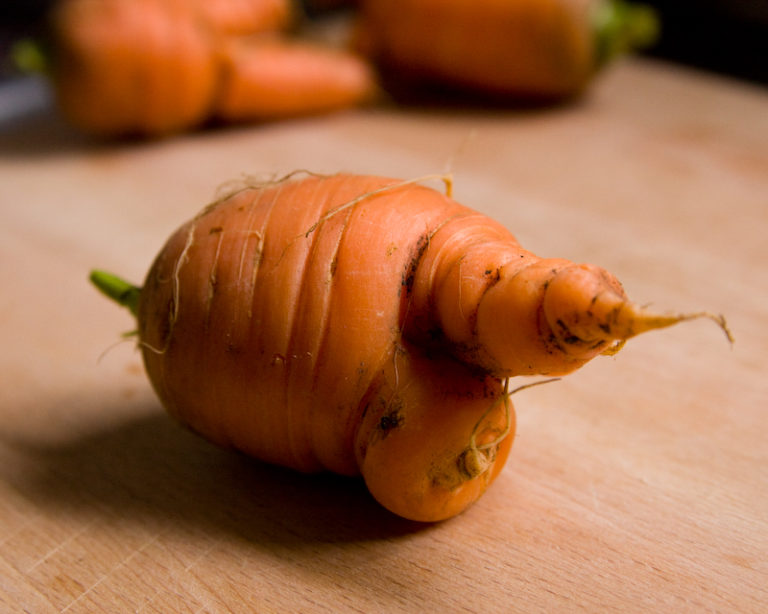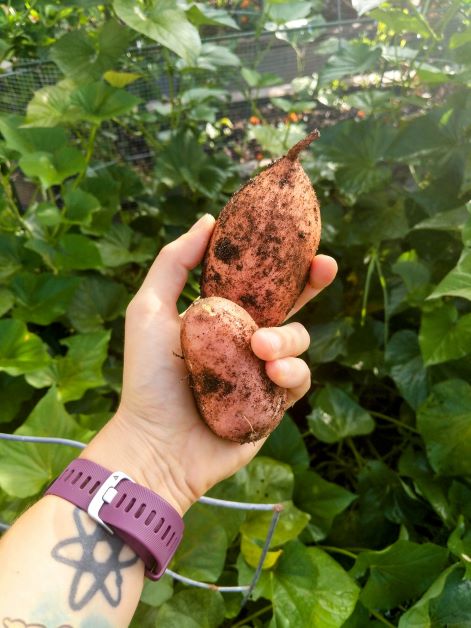15 Beginner Gardener Mistakes (and How to Avoid Them)
Last updated: 05/22/2022
I’m going to let you in on a little secret: there’s no such thing as a “green thumb.”
No one is born with some innate ability to keep plants alive. Just like anything else, you must first learn how to garden to get good at it.
I’m going to let you in on another little secret: I’ve killed more plants than I can remember.
I may be my neighborhood’s crazy plant lady but, it didn’t start out that way. My path to gardening success is paved with dead plants.
I’m on a mission. I must redeem myself. I must save all the plants.
If on more than one occasion you’ve asked yourself “why are my plants dying,” then this guide is for you. I’ve compiled this list of 15 beginner gardener mistakes and what you can do to avoid them.
Beginner Gardener Mistake 1: Not Paying Enough Attention to Your Garden
A lot of people make the mistake of thinking that planting their garden is the finish line. Nope. Getting your garden into the ground is the easy part…not that gardening is very hard, but it does take patience, observation, and involvement.
A successful gardener checks on their plants every day, and looks forward to it. Taking a daily walkthrough of your garden shouldn’t be a chore (save that feeling for weeding). You have to see if you need to water, or if a new pest has popped up, or if some disease is starting to spread.
Take some time each morning, get zen with it, and go say hello to your babies. They need it.
Beginner Gardener Mistake 2: Paying TOO Much Attention to Your Garden
I know this is contrary to mistake #1, but hear me out – it’s very possible to love your garden to death.
You adore spending time with your plants, doting on them, making sure they’re living their best life. So, you water them every day. Your garden starts turning yellow and in a panic, you water even more in an attempt to save them from certain demise…and woops, now they’re dead. WTF.
Rookie mistake. You have to adjust your watering schedule to fit the needs of your plant and the season you’re in. You can still spend time in your garden every day (and need to), but put the hose down.
Know the signs of overwatering your vegetable garden:
- Yellowing or browning of leaves
- Mold growing on the soil
- Wilting
- Dropping leaves
- Increase in pests
- Stem or vegetables feel mushy
- Spots on leaves
- Stinky plants
Beginner Gardener Mistake 3: Watering the Wrong Parts of Your Plant
Turn water on, point hose at plant…how hard can the actual act of watering be? In reality, knowing how to water your plants is essential to growing a successful vegetable garden.
Always water the base of your plant, never the leaves. Getting too much water on your leaves is just asking for fungal diseases like powdery or downy mildew.
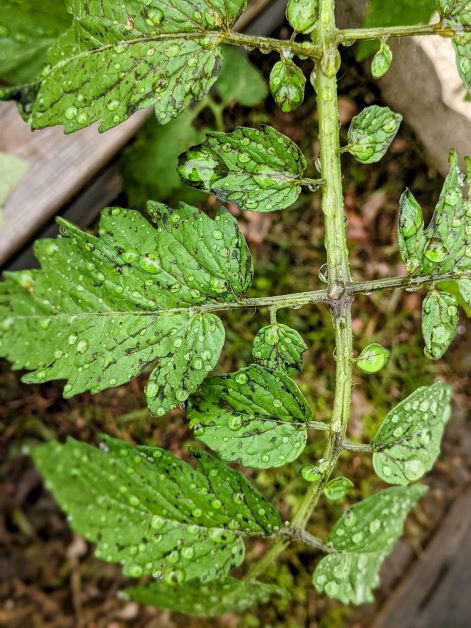
Using a sprinkler to water your vegetable garden is not a good idea – it’s too imprecise. Instead, use a water wand. A water wand will help you get underneath foliage and other hard-to-reach places.
Depending on the time and money you’re willing to put in, you can also irrigate your garden. Irrigation makes it easier to do large-scale watering at one time.
Beginner Gardener Mistake 4: Not Following the Planting Calendar
When I first started gardening, everything was exciting. I’d discover a new vegetable to grow, buy the seeds and make plans to plant them ASAP. Then, I’d look at the planting calendar, realize that I’m not in the right time of year, and plant them anyways.
Usually, my plant would start off ok. I’d think that I’d outsmarted Mother Nature herself until a cold snap or heat wave would kill my plant right before harvest. My quest for instant gratification ended up as wasted time.
Figure out what USDA hardiness zone you live in and use this to look up what vegetables grow in the upcoming season. That’ll give you time to start your seeds and plan out your garden. Don’t wing it.
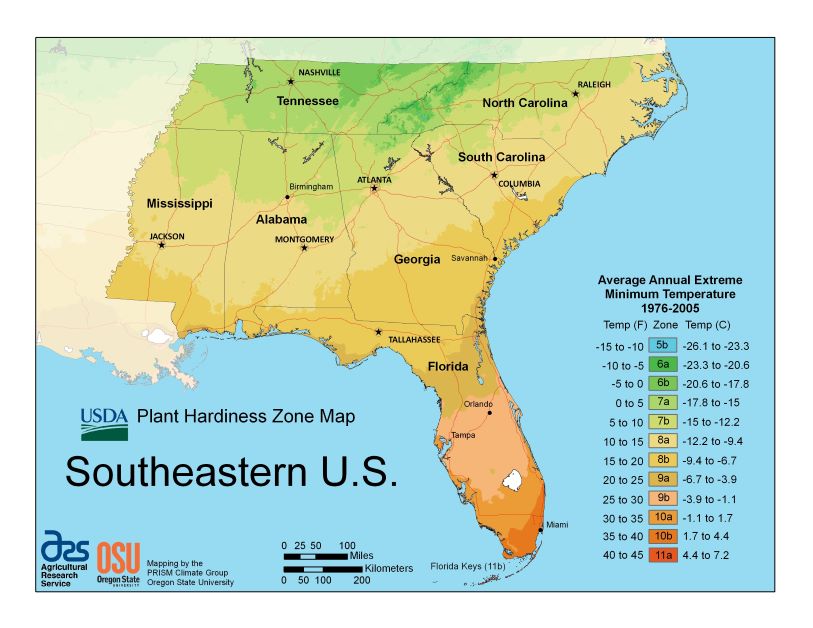
Beginner Gardener Mistake 5: Growing Vegetables Not Suited for Your Climate
I live in Florida but grew up in Michigan. My parents were hobby farmers and had a huge vegetable garden. I hated it. Too much work.
Decades later, I’m a typical plant-loving millennial. In my first garden, I planted the same vegetables my parents grew – one of those being acorn squash. Spoiler alert: acorn squash don’t grow in Florida.
Always grow vegetables that grow well in your USDA hardiness zone. If you don’t, you’ll be fighting a losing battle.
If you’re a Floridian like me, check out my list of favorite Florida summer vegetables to learn more about growing in the heat.
Beginner Gardener Mistake 6: Ignoring Pests and Diseases
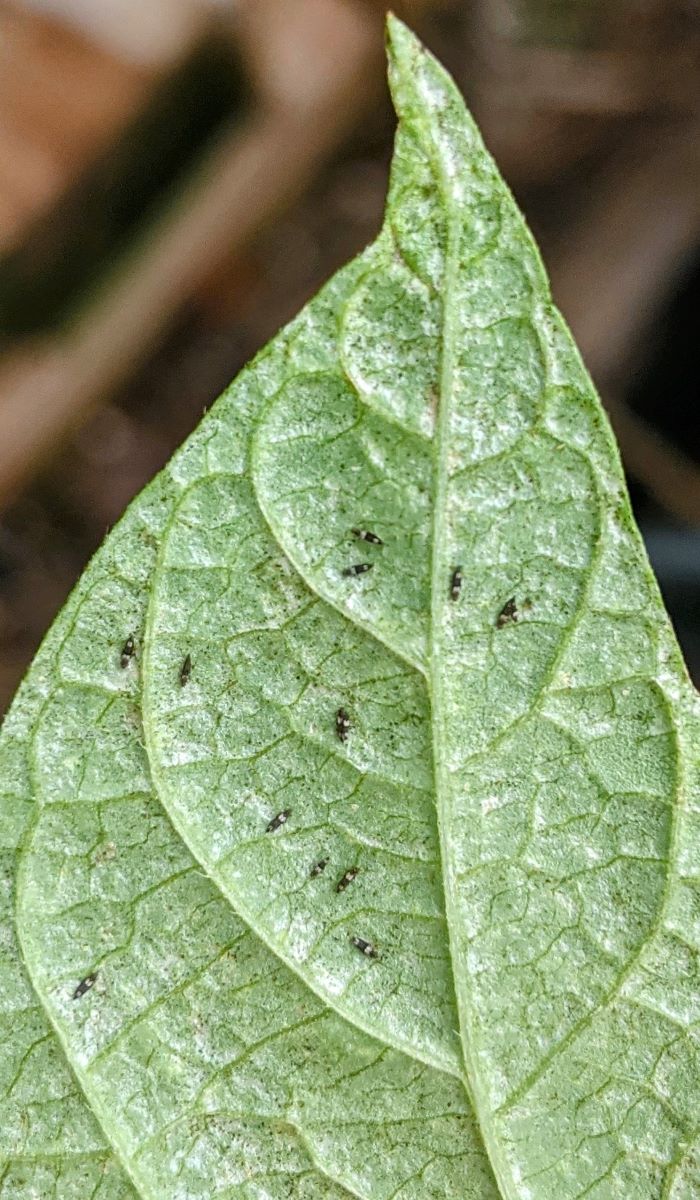
Know the signs of pests and disease and if you notice something, handle it RIGHT AWAY. Ignoring the problem will not make it disappear. It’s a lot easier to take care of a few pests than it is to eradicate a full-on infestation.
Beginner Gardener Mistake 7: Using Chemicals that Harm Pollinators

There’s one very popular pesticide that makes me shudder every time I hear the name: Sevindust.
Yeah, this stuff does kill pests…and bees, and butterflies, and other important friends. Don’t think I’m being holier than thou, here. I used Sevindust before I knew better, too. That’s why it’s now my job to spread the word.
Cold-pressed neem oil, horticulture oil, hydrogen peroxide, mouthwash, and milk are among some of the organic, pollinator-friendly things you can use to control pests and diseases. You can also get down and dirty and pick bugs off by hand.
Before you call in the heavies, do some research and always practice organic pest control.
Beginner Gardener Mistake 8: Forgetting to Fertilize
It takes a lot of energy for a vegetable plant to produce a harvest. Regular application of organic fertilizer will keep your plants hearty and generous. It’s also a good idea to amend your soil with oak leaf compost before transplanting your seedlings.
Fertilizers come in a range of formulations, designated by a string of three numbers on the package. These numbers show you how much of what nutrient is inside the fertilizer. The first number is for the amount of nitrogen, the second is for phosphate, and the third is potash.
Each vegetable plant will have its own unique nutrient requirements. Before the feeding, do some reading – make sure you’re giving your plant the right fertilizer at the right time.
Beginner Gardener Mistake 9: Disorganization
Cleaning and keeping things organized is not a fun part of gardening, but it’s an important one nonetheless. It’s easy to lose track of your plants when you can’t see what’s going on.
Keeping your garden tidy will also help you cut down on pests. Empty pots and bags make excellent hiding spots for slugs. Standing water breeds mosquitoes. Old mulch attracts termites and ants.
Leaving your garden tools out in the elements will make them break down quicker, and tools aren’t cheap.
I don’t mean to sound like your mom or anything, but just pick up after yourself, ok?
Beginner Gardener Mistake 10: Being Afraid to Prune
You finally feel like you’re getting the hang of this whole gardening thing and your plants are looking lush. After all that work, now you hear that you need to chop some of it down?
Yep.
Pruning is vital to keep your plants healthy. Overgrown limbs and excessive foliage decrease the airflow in your garden, and decreased airflow is a huge cause of fungal disease.
Disease aside, some plants (like tomatoes and peppers) end up bigger and produce more fruit if you give them a heavy pruning.
Pro tip: be sure to sanitize your shears with rubbing alcohol in between plants. Fungal diseases and viruses are contagious. It sucks to trim disease off of an ailing plant and transfer that disease to a healthy one.
Don’t be afraid. Learn how to prune your plants and I promise that your plants will be healthier in the end.
Beginner Gardener Mistake 11: Not Writing Things Down
I made a huge mistake in my first season of gardening, which was not labeling my seedlings. I have a decent memory, so I thought that I’d be able to remember what seed tray had what in it. Once things started taking off, though…I was lost.
It’s hard for an experienced gardener to identify a seedling by sight, let alone a beginner gardener. Make sure to label your tray with plant tags using a permanent garden marker. Using a sharpie will not cut it – your label will bleed after watering and fade in the sun. It seems stupid, but I’m not kidding — this marker has been one of the most helpful purchases that help me stay on top of my garden.
You should also keep a garden journal. Some important things to note are:
- Seedling start dates
- Harvest dates
- Fertilization information – which plants did you feed on what dates and with what type of fertilizer
- Pest and disease treatments – which plants needed treatment on what dates and why
- Frost dates and any abnormal weather
When the next season starts, this information will help you figure out what works and what doesn’t.
Beginner Gardener Mistake 12: Starting Too Many or Too Few Seeds
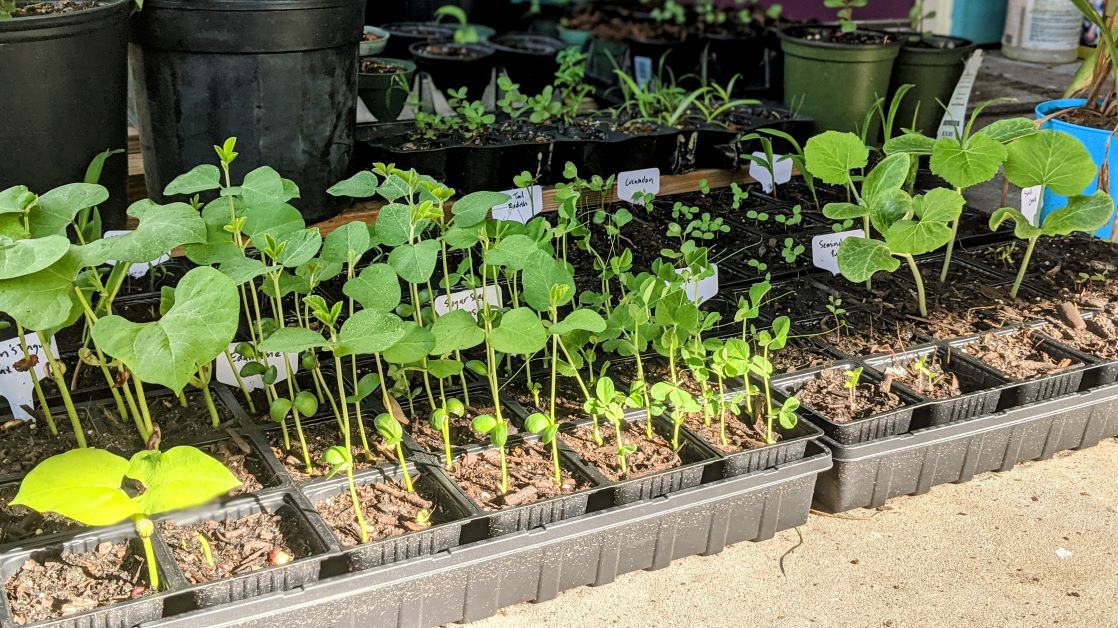
Beginner gardeners make one of two mistakes when it comes to planting seeds – they plant way too many, or not enough.
If you plant too many seeds and they’re all successful, then you may end up with a garden too big to manage. If you have too many plants in too small of a space, you’re going to have more problems with pests and disease.
You also may end up neglecting your garden if you plant too many different types of vegetables at once. It’s better to ramp up to a giant garden than it is to dive right in. It’s ok to take it slow.
On the flip side, if you don’t plant enough seeds, then you may end up disappointed if not all the seeds germinate. Not every seed you plant will sprout. Sometimes you get a bad batch of seeds, maybe you accidentally over or under-watered, or one part of your seed tray got more light than another.
It’s better to plant A LITTLE bit more seeds than you think you’ll need, but don’t go crazy with it. Have a few extra for backup, but keep it manageable. Remember, seedlings become big plants.
Beginner Gardener Mistake 13: Expecting a Garden to Save You Money (Right Away)
A big reason I planted my first vegetable garden was to cut down on my food budget. I eat a lot of produce, so I figured if I grew my own I’d be able to save some money.
Yeah, I was wrong.
This isn’t something that any of us like to hear, but it’s going to cost you more money to grow a tomato than it is to go out and buy one from the grocery store. Soil, seeds, container, fertilizer, water, time, pest control…it all adds up.
Vegetable gardening isn’t necessarily about saving money. It’s about having the satisfaction of growing something organically to feed yourself, your family, and your friends. Also, there’s no arguing that a homegrown tomato tastes worlds better than anything store-bought.
After you’ve established your garden, you might be able to save some money by growing high-yield crops like greens and broccoli. Scaling up your garden can also help put a sizeable dent in your grocery bill, but these things don’t happen overnight.
Be ready to make an investment, and maybe it’ll pay off in the end. Regardless, gardening is more than just a monetary reward.
Beginner Gardener Mistake 14: Failure to Research
Bonnie Plants did a survey and found that an astounding 20 million people started their first garden during the pandemic! This is not a small hobby, and there is an awesome community of super chill people out there who want to help. Join a forum, dive into YouTube, go to a local plant nursery…and of course, use my website. If you have a question, don’t be afraid to ask. Gardeners love geeking out with fellow gardeners.
Beginner Gardener Mistake 15: Expecting Perfection
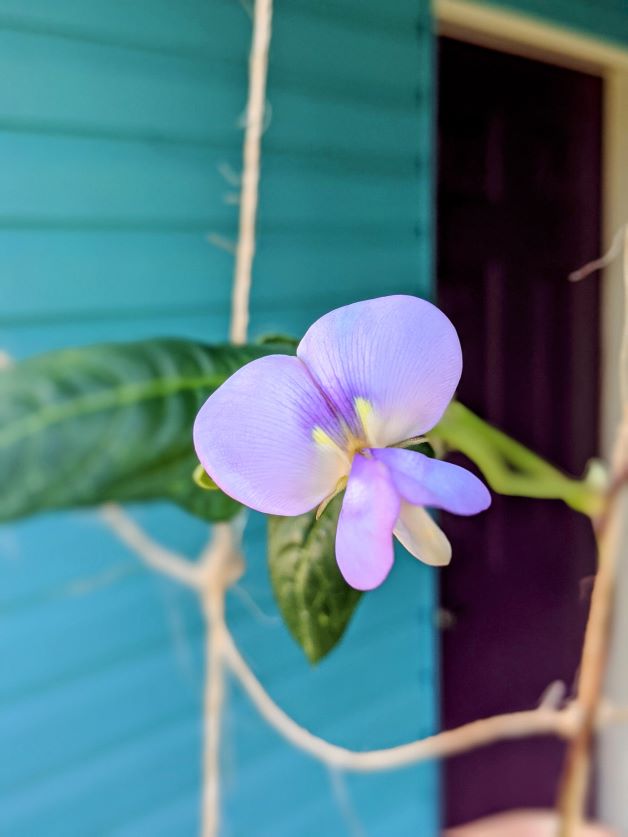
You’re going to make mistakes. You’re going to kill some plants. It’s ok. Gardening (and everything in life, really) is trial and error. We’re all figuring it out as we go. If you screw something up, dust yourself off, write it down in your plant journal, and plant some more seeds. Don’t give up, and your garden will grow.
Disclaimer: Offbeet-Gardener is reader-supported. At no additional cost to you, I earn commissions from purchases made through links in this post.

